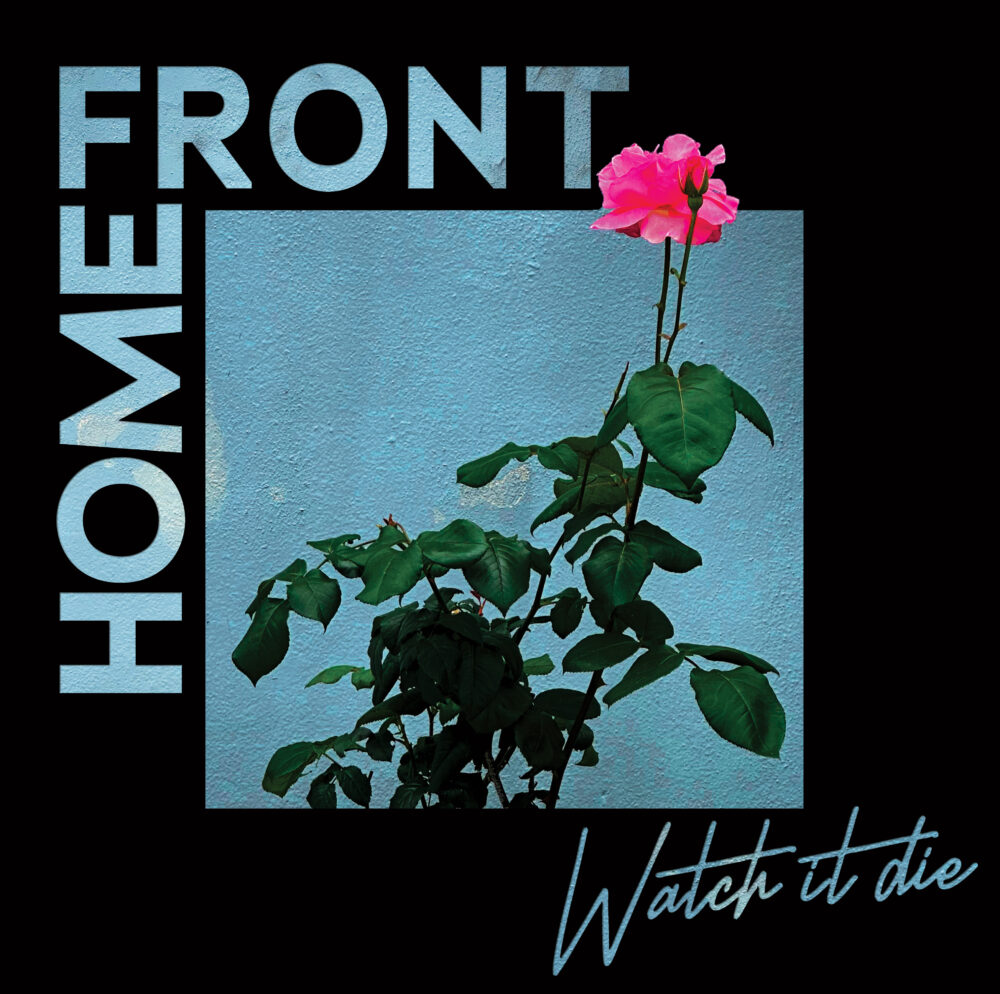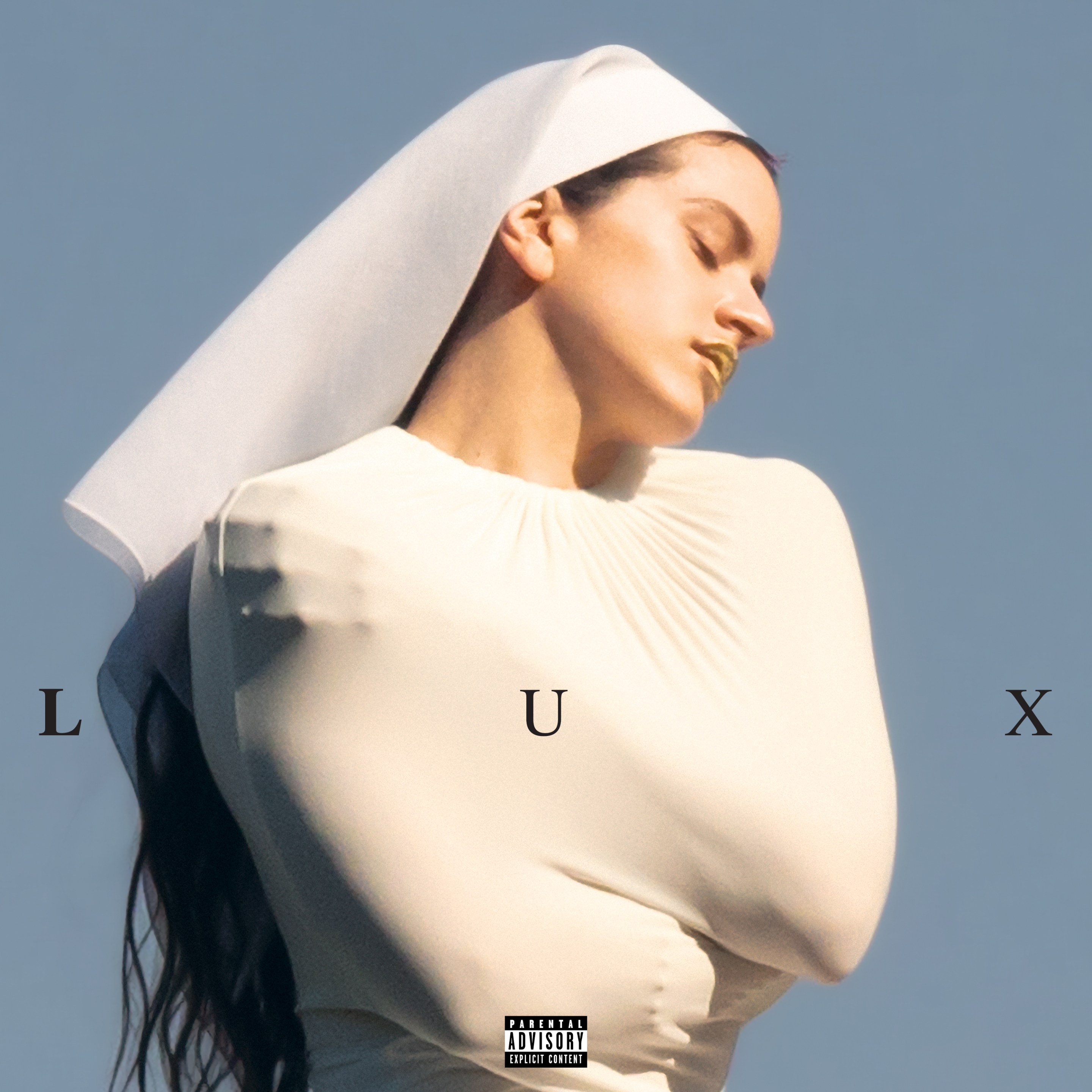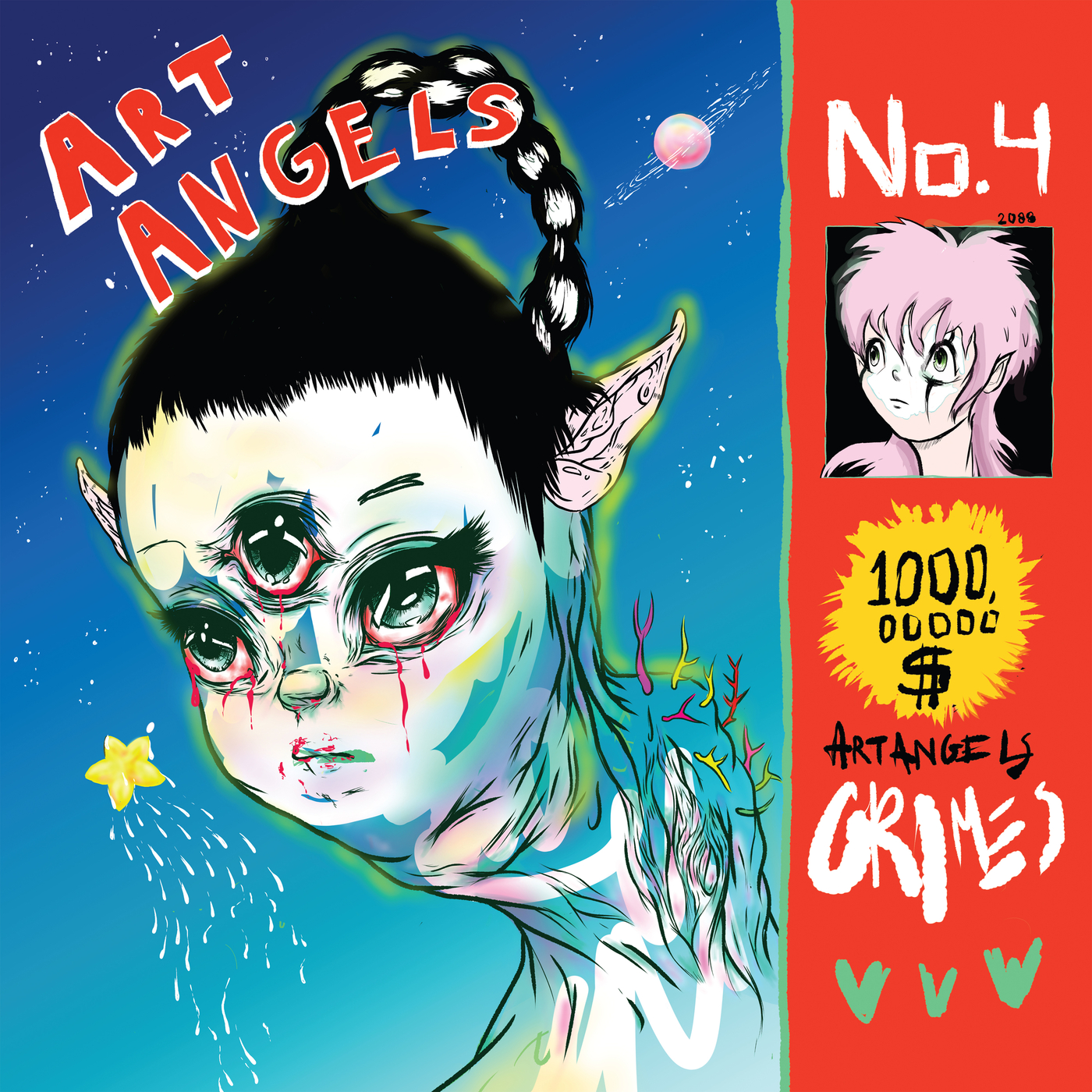I still remember exactly where I was the first time I saw her. If you're of a particular age, you probably do too. For me, it was late at night, crashed out on a friend's couch, watching MTV because I couldn't fall asleep. I didn't know what I was looking at. It made its own kind of sense, but it also didn't make any sense. There was this lady in severe makeup and a sort of helmet/goggles combination and a giant shiny black trash-bag suit. She was in a room full of gigantic machinery swinging back and forth. Everything shined, and nothing looked real. A minute later, she was sitting on a hilltop, her head moving around in ways that had nothing to do with the way people moved. Her movements were slow and then fast, like a bird. The grass she was sitting on was unrealistically green. The sky behind her was unrealistically blue. Her eyes sometimes bulged out, CGI-style. It was like Soundgarden's "Black Hole Sun" video as reimagined by Hype Williams (who, it turned out, was indeed the guy who directed the video). And then Puff Daddy showed up.
The music didn't make any more sense than the imagery. This bubbly, echoing, dubbed-out bass dominated a track that was otherwise all empty space, with people doing DJ-scratch sound effects with their mouths buried in the background. An old sample cooed about hating rain. The lady in the trash-bag suit talked in nursery rhymes and onomatopoeia. The next morning, I wondered if I'd dreamed it. But no: I'd witnessed the birth of a tremendous new pop star, a woman who would make the world a more fun and interesting place in the years ahead.
To an insomniac white teenager with no context for this stuff, Missy "Misdemeanor" Elliott's video for "Da Rain (Supa Dupa Fly)" seemed as strange and wondrous and alien as the "Smells Like Teen Spirit" and "Even Flow" videos must've seemed to kids a few years older than me. It was like a transmission from an alien world, a place where big-budget rap videos could be far funkier than they were in our own. Missy Elliott arrived in the middle of the Summer of Shiny Suits, the months when Puffy's Bad Boy empire was absolutely dominant, when rugged hardasses like the Wu-Tang Clan were struggling to keep their relevance, and when a guy like Jay-Z was figuring out how to fuse those two aesthetics. Elliott and her creative partner Timbaland didn't have anything to do with that. Instead, they attacked the airwaves with this big, goofy glob of supremely silly surreality, and over the next few years, the jittery thump that they pioneered would utterly reshape the aesthetics of big-money rap and R&B.
Supa Dupa Fly, the album that came out a few months after "Da Rain," was even weirder and better than the single could've led us to expect. The album was packed with big-name guest stars: Busta Rhymes, Lil Kim, Aaliyah, Ginuwine. But Missy and Timbaland weren't switching up their styles to accommodate their more-famous friends. Instead, they were transporting their guests to their own new universe. Supa Dupa Fly was an album full of new sounds and new ideas. "Sock It 2 Me" had Da Brat promising to "hit hard like penitentiary dick" over slowed, muted horn-bursts and echoing bird-tweets. "Beep Me 911" sounded like a sweaty Toni Braxton slow-jam being devoured by the godlike computer-being from The Lawnmower Man. "Izzy Izzy Ahh" was a burst of pure, giddy gibberish over a bassline strong enough to power about 15 different Chemical Brothers remixes. When I learned that Timbaland had sampled Björk's "Jòga" on a "Hit Em Wit Da Hee" remix, everything suddenly snapped into focus. It was like these two Virginian R&B-business insiders had chewed up all the electronic music that white kids like me had thought was so cutting-edge, they'd reshaped and retooled and improved it, and then they'd used it to take over rap radio. It was so inspiring.
Of course, there was plenty of context for this stuff; I just wouldn't learn it until much later. Elliott had gotten her start in an R&B girl-group called Sista, and they'd signed with Jodeci member DeVante Swing's Swing Mob label, though they never got much further than one song on the Dangerous Minds soundtrack. But Swing Mob wasn't just a label; it became a collective and a braintrust that would long outlast its members' association with Swing himself. When Elliott joined Swing Mob, she brought along her old childhood friends Timbaland and Magoo. And the label also united her with Ginuwine, Tweet, and the R&B group Playa, led by the late Static Major. As part of Swing Mob, Elliott became a behind-the-scenes figure, helping to write songs for people like Jodeci and SWV and 702. Timbaland produced the gleaming monster-fart beat for Ginuwine's "Pony," the most forward thinking R&B hit of 1996 (or, as I thought of it at the time, "the one that goes 'BYAOOW BYAOOW BYAOOW'"). Elliott and Timbaland worked together on Aaliyah's tense, beguiling "One In A Million," a rapturous love ballad with a beat that sounded like a robot panting and cricket noises used as part of the rhythm track. Elliott had rapped on a few other people's songs. So the revolution had already started by the time Elektra CEO Sylvia Rhone convinced Elliott to go solo. But with "Da Rain," that Swing Mob sound stopped being an undercurrent. It became something that you just couldn't ignore.
Ginuwine and Aaliyah had been great spokespeople for that Missy/Timbaland aesthetic. Both of them were absurdly attractive and bafflingly talented. They were born stars who were canny enough to surf these strange beats that Timbaland was bringing them. But neither of them were ideal vessels for that sound the way Missy was. In Missy, Timbaland had an absolute equal partner, a voice as bizarre and singular as his own. Missy on "Da Rain," not exaggerating at all: "Me and Timabaland, ooh, we sang a jangle / We so tight that you get our styles tangled." Their styles made more sense together than they made with anyone else. Timbaland would come up with these hiccuping, panting stop-start beats, and Elliott would just cackle beautiful nonsense over them. It was perfect.
Elliott sang and rapped. That didn't make her unique; plenty of people did that. But nobody else did it quite like her. Bobby Brown, for instance, was a singer who sometimes rapped, and Lauryn Hill (at least, pre-Miseducation) was a rapper who sometimes sang. Elliott wasn't either. She seemed to make almost no distinction between the two. "I'm su-su-suuuch a good rapper," she cooed, utterly oblivious to the fact that she was not rapping when she sang it. She was a hybrid beast, completely adaptable, and that helped her take over these Timbaland tracks that were themselves hybrid beasts. Rock-magazine interviewers would ask Timbaland about things like jungle music, and he'd say that he thought it was cool, but he wasn't really cribbing ideas from the dance-music world. He was working with similar sounds, but he was using them to make alternate-reality pop music that was so good that it still worked as pop music in our reality. Missy and Timbaland were just made for each other that way.
And they continued to be made for each other. Missy released five more albums in the next eight years. The best of them are mind-warping excellent, and the worst of them are still pretty fucking good. She virtually disappeared in 2005, only releasing occasional singles and popping up on guest appearances since then. It's too bad. While she was still a huge presence, she was an enormous amount of fun to have around. A song like Ciara's "1, 2 Step" -- which Timbaland didn't even produce -- was at least 40% more fun with Missy in there, chatting dizzy nonsense on the bridge. Timbaland produced most of those Missy albums and plenty of the songs where she showed up in that guest-appearance role. He also produced a lot of other music. Four months after Supa Dupa Fly, he and Magoo released Welcome To Our World, an album full of stunningly excellent music and endearingly bad rapping. He made hits for years and years and years, helping elevate people like Aaliyah and Justin Timberlake to icon status. Jay-Z arguably only became a rap titan when he started rapping over Timbaland beats.
And that sound, the one that Tim and Missy pioneered, helped make rap radio a consistently more interesting, exciting place to find new music than, say, an indie rock club or an experimental-music magazine like The Wire. Almost immediately after that sound started spreading, imitators popped up. Tracks like Puff Daddy's "All About The Benjamins" or Busta Rhymes' "Put Your Hands Up Where My Eyes Can See" owed huge debts to Missy and Timbaland's sonic template, and Destiny's Child and Rodney Jerkins went supernova by adapting a slightly slicker version of it. Soon enough, their fellow Virginians the Neptunes rode into the mainstream on a harsher, cheaper, more staccato version of that sound, and you could also argue that without Tim's slow, stuttery bleeps, the world wouldn't have understood Mannie Fresh's fast, stuttery bleeps, and Cash Money never would've gotten off the ground nationally.
And all that goes back to the sight of the lady in the trash-bag suit. That video was a perfect marriage of sound and vision, and everything that Missy and Timbaland did for about the next decade delivered on its promise. There are lots of people with great musical ideas. There are only a few who got the chance to use those ideas to change music for the better. Missy and Timbaland did that. Now let's watch some videos.
[videoembed size="full_width" alignment="center"][/videoembed]
[videoembed size="full_width" alignment="center"][/videoembed]
[videoembed size="full_width" alignment="center"][/videoembed]
[videoembed size="full_width" alignment="center"][/videoembed]






